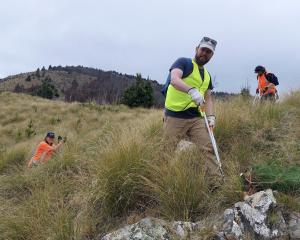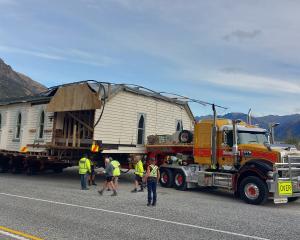
The Catlins and Dart Valley are home to some of the most significant remaining populations of mohua, or yellowhead, but rats, their main predator, have been increasing in number in recent months as they feed on the huge amounts of seed (called masting) falling in the beech forests.
Rats and stoats had been shown to be responsible for major population declines in mohua.
In recent years, mohua numbers were recovering in the Dart-Caples and Catlins areas thanks to Government-funded Operation Ark programmes, including 1080 poisoning.
Department of Conservation Wakatipu biodiversity assets programme manager Barry Lawrence said everything achieved since the 2006 poisoning operation would mean nothing if rat numbers continued to explode in the Dart Valley.
"Predator control with bait laid by helicopter was the reason for the 2006 success. Where bait wasn't applied, threatened species like mohua are gone - it's as simple as that".
Doc Coastal Otago biodiversity programme manager David Agnew said Doc was keen to protect as many mohua as possible, which meant wiping out the rats before they started to breed.
Recent monitoring in the Catlins had shown rat activity was six times above normal.
The seed rain was expected to equate to 10,000 seeds per square metre, which was "a lot of seed, which equals food to drive the predator numbers up."
Operation Ark research had shown the most cost-effective way to control rats was 1080 poisoning over large areas, Mr Agnew said.
The programmes also knocked down stoats and other predators.
Doc planned to start 1080 aerial poisoning over about 10,000ha in the Catlins in August, at a estimated cost of $150,000.
Poison would also be dropped over 6544ha in the Dart Valley and lower Routeburn in late July, at an estimated cost of $116,000.
A pre-feed of non-toxic cereal pellets will be dropped, followed seven to 10 days later by 1080-laced cereal bait pellets at 1kg per hectare.
Only a third the amount of bait per hectare would be used compared with the 2006 programme and with the latest GPS technology, exactly where the bait was going, and how much, would be tightly controlled, Mr Lawrence said.
"The cereal pellets are smaller now, designed for rats and less attractive to larger animals, such as deer."












